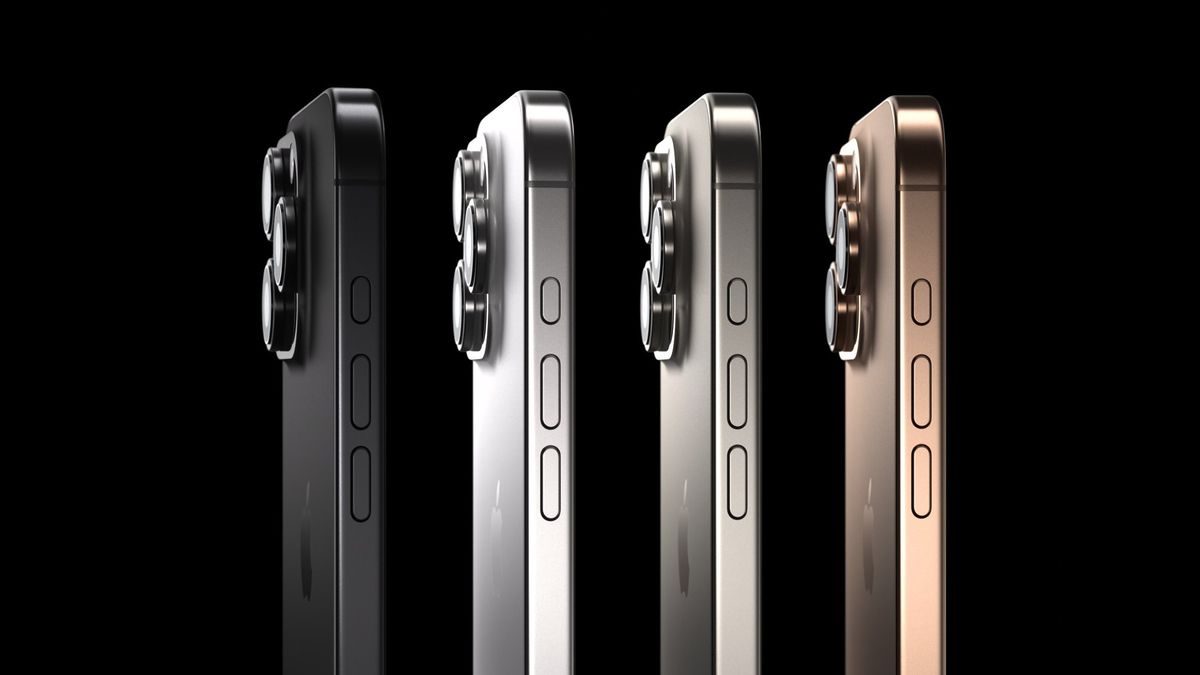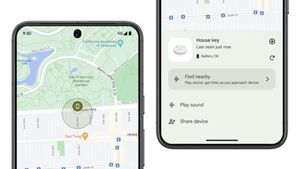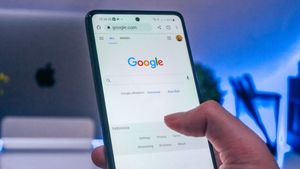JAKARTA -iPhone 16, Apple's newest flagship phone, got a disappointing score in screen analysis by DxOMark, an independent benchmark site known for its scientific assessment of smartphone, lens, and camera quality.
In the screen assessment, the iPhone 16 only gets a score of 142 points, a figure that is considered low for the premium smartphone category.
Even more surprising, the iPhone 16 lags behind some of the middle class phones that are much cheaper. The Samsung Galaxy A35 5G, which is a cellphone at a more affordable price, won a score of 143 points. While the Google Pixel 8a outperforms the iPhone 16 with a score of 145 points.
On the other hand, the current leader in the screen category is the Google Pixel 9 Pro XL which recorded a score of 158 points, showing a significant difference in quality between the iPhone 16 and other competitors.
Screen Brightness Not In Accordance With Expectations
One of the main weaknesses of the iPhone 16 identified by DxOMark is screen brightness. Although Apple claims that the iPhone 16 is capable of achieving maximum brightness of up to 2,000 nits, the test results from DxOMark show that its peak brightness has only reached 1,969 nits.
This figure is actually still close to Apple's claim and is good enough for outdoor use, but the iPhone 16 remains lagging behind the Samsung Galaxy S24, which managed to reach a brightness of 2,548 nits in the same test.
In addition, DxOMark also found that the performance of the iPhone 16 screen in dim light conditions was less than optimal. Content with Standard Dynamic Range (SDR) looks too dark and lacks adequate contrast.
In HDR10 content testing, a brightness fluctuation problem was also found, which can affect the quality of the display as a whole, especially when watching high-quality videos.
Refresh Rate Left Behind By Competitors
In addition to the brightness issue, the iPhone 16 is also left behind in terms of a refresh rate. The iPhone 16 screen only supports a 60 Hz refresh rate, which is well below current industry standards. Some competitors such as the Samsung Galaxy S24 and Google Pixel 9 Pro XL already offer screens with a 120 Hz refresh rate, which provides a more subtle visual experience, especially when scrolling the screen and running heavy apps.
Even so, the response of the iPhone 16 touch screen is not entirely bad. DxOMark noted that the screen response time ranged from 51 to 84 milliseconds, a competitive figure in its class. However, the low refresh rate makes the animation and interface displacement look less smooth than the phone with a higher refresh rate.
SEE ALSO:
DxOMark also noted that the iPhone 16 has a Pulse Width Modulation (PWM) frequency of 480 Hz, the same value as the Samsung Galaxy S24. Although this speed is fast enough to prevent clicker problems for most users, individuals who are more sensitive to flickering screens may still experience discomfort when using this device for a long time.
With a score that is not too impressive, the iPhone 16 is considered to have failed to meet expectations as a flagship phone that should offer the best screen quality. Restrictions in brightness, low refresh rate, and display problems in low light conditions indicate that Apple needs to make improvements to future generations.
Although the iPhone 16 still has an attractiveness in terms of performance and ecosystems, in terms of screen displays, this device lags behind some more affordable competitors, such as the Samsung Galaxy A35 5G and Google Pixel 8a.
For consumers who prioritize screen quality, the iPhone 16 may not be the best choice among premium phones today
The English, Chinese, Japanese, Arabic, and French versions are automatically generated by the AI. So there may still be inaccuracies in translating, please always see Indonesian as our main language. (system supported by DigitalSiber.id)


















